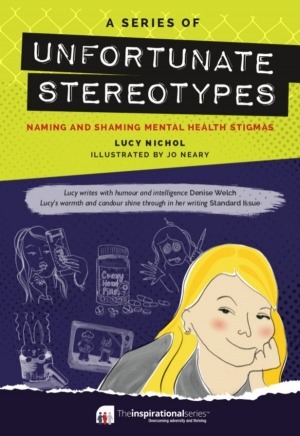Mental illness on screen: the good, the bad & the ugly
Lucy looks at a handful of the movies she's grown up with, and examines how they treat mental illness...
This article comes from Den of Geek UK.
Associating mental illness with horror, violence and downright strange goings on was as rife as e-numbers and spiral perms back in the 80s. That’s as far as my memory takes me anyway. But in fact, this unfair association goes back further still, many years before I was brought into this world via forceps in 1978 (I was always a stubborn child). Going back even further, before we had the movies, Bethlem was, and still is, a hospital in London for people suffering from mental illness. Whilst it might be a respected hospital today, it has a chequered past… It is reported that, in the 1590s, the governors allowed the general public to come and gawp at Bethlem’s patients as a source of entertainment – paid for much like we pay for a cinema ticket or Netflix subscription today. It later became known as Bedlam and inspired several horror books, TV series and films. Is there any wonder therefore that Halloween costumes were being designed around the theme of the ‘asylum’ (just Google ‘asylum movie’ and see how many pop up). But whether it’s a horror, a thriller or a drama, mental illness has been portrayed in a bad light in many movies and TV shows over the years. But are we finally getting it right? Here’s my own experience of the movies I grew up with and the far more sensible portrayals I’ve enjoyed more recently.
Fatal Attraction (1987)
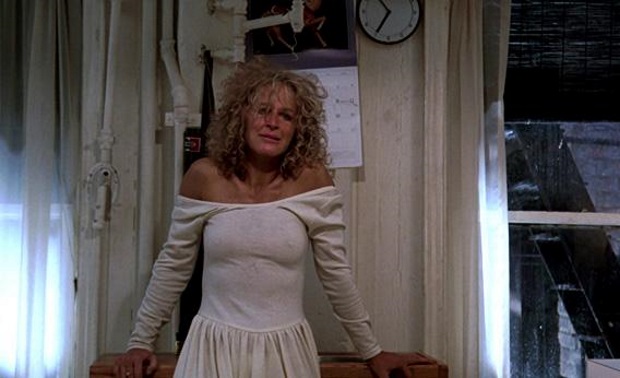
As a thriller, this movie was great and it had you glued to the screen. A brief affair between Michael Douglas and Glenn Close resulted in the family pet being boiled in a pan and a bloody bathroom scene in the Douglas family home.
I probably shouldn’t have been watching it when I did. But nonetheless, I found out what a ‘bunny boiler’ was around the same time I found out what a virgin was. But just as it was inaccurate to associate Madonna with being ‘virginal’ (oh how my naive mind worked) it was inaccurate to associate Borderline Personality Disorder (BPD) with ‘bunny boilers’. But that’s precisely what Glenn Close’s character created.
Single White Female (1992)
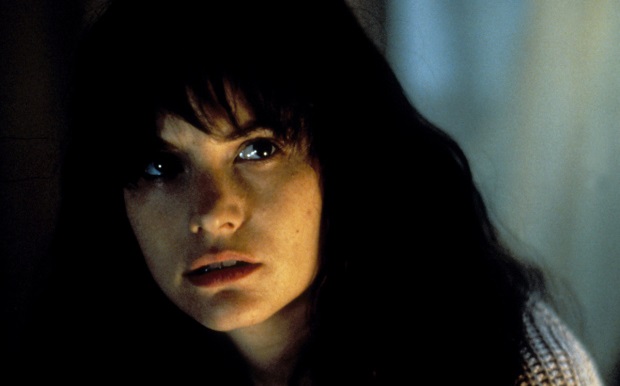
Another portrayal of BPD played out by Jennifer Jason Leigh, this time as the ‘crazed’ new roommate of Bridget Fonda. The message this film seemed to be conveying is that, basically, if someone has been through trauma that has resulted in a diagnosis of BPD its quite likely they’re going to throw your pet dog out the window and drive their stiletto heel into your boyfriend’s eye socket.
So now we have a dead dog and a dead bunny on our hands.
Thing is, I know a fair few people with this diagnosis. And I’d certainly have no qualms in asking any of them to cat sit for me.
Sleeping With The Enemy (1991)
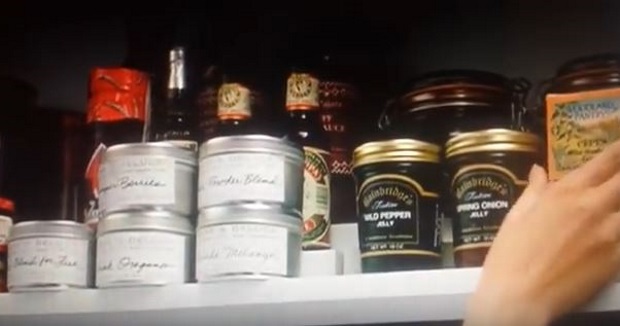
What’s the stereotypical image of somebody with Obsessive Compulsive Disorder (OCD)? Yep, a ‘neat freak’ who cleans like Monica Bing and lines the tins in their cupboards symmetrically. It’s not a fair representation of OCD, but nonetheless, that is what many people imagine.
So if Julia Roberts can tell that her violent husband (played by Patrick Bergin) is back in town because her baked beans and can of tuna fish are lined up neatly in the cupboard, many people are going to presume that he has OCD. And this, again, associates mental illness with violence.
The Girl On The Train (2016)
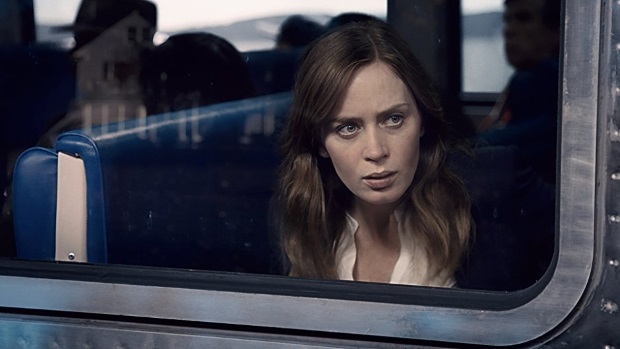
Spoilers.
The depressive alcoholic is such an unreliable narrator isn’t she? Ah…not so fast! That’s why I loved this film (and of course, the book). Of course, disclosing whether or not somebody is a reliable narrator kind of spoils any carefully laid plot twists (hence the spoiler alert).
However, I’ve got to say, it’s bloody refreshing to see the person behind the alcoholism in this one. Rachel, the girl on the train who sips vodka from a plastic bottle day in, day out, is the hero of the movie. And why the hell not. People are not attracted to alcohol addiction because they’re bad people. They’re driven to it because of self esteem, mental illness or abuse. It’s about time people saw it for what it is and I applaud the author, Paula Hawkins, for this.
So there you have it. And that’s just a taste of some of the movies I saw. But things are definitely getting better. TV is doing a good job of making us look differently at our preconceptions as well. Take Homeland – when we doubted Carrie’s intelligence because of her bipolar disorder, only to be proved that she was on the right track all along. Or Rae Earl’s My Mad Fat Diary where we fell head over heels in love with Rae (played by the gorgeous Sharon Rooney) who struggled with her mental health.
Things are definitely getting better in TV and the movies. Sadly, however, as Donald Trump has proven once again, it doesn’t always translate into reality. People are still throwing stereotypes around all over Twitter. Which is why we need to keep talking about it.
Lucy has written a book on mental health stigma and stereotypes called A Series of Unfortunate Stereotypes, available to order now from Trigger Press, Amazon and Waterstones.
